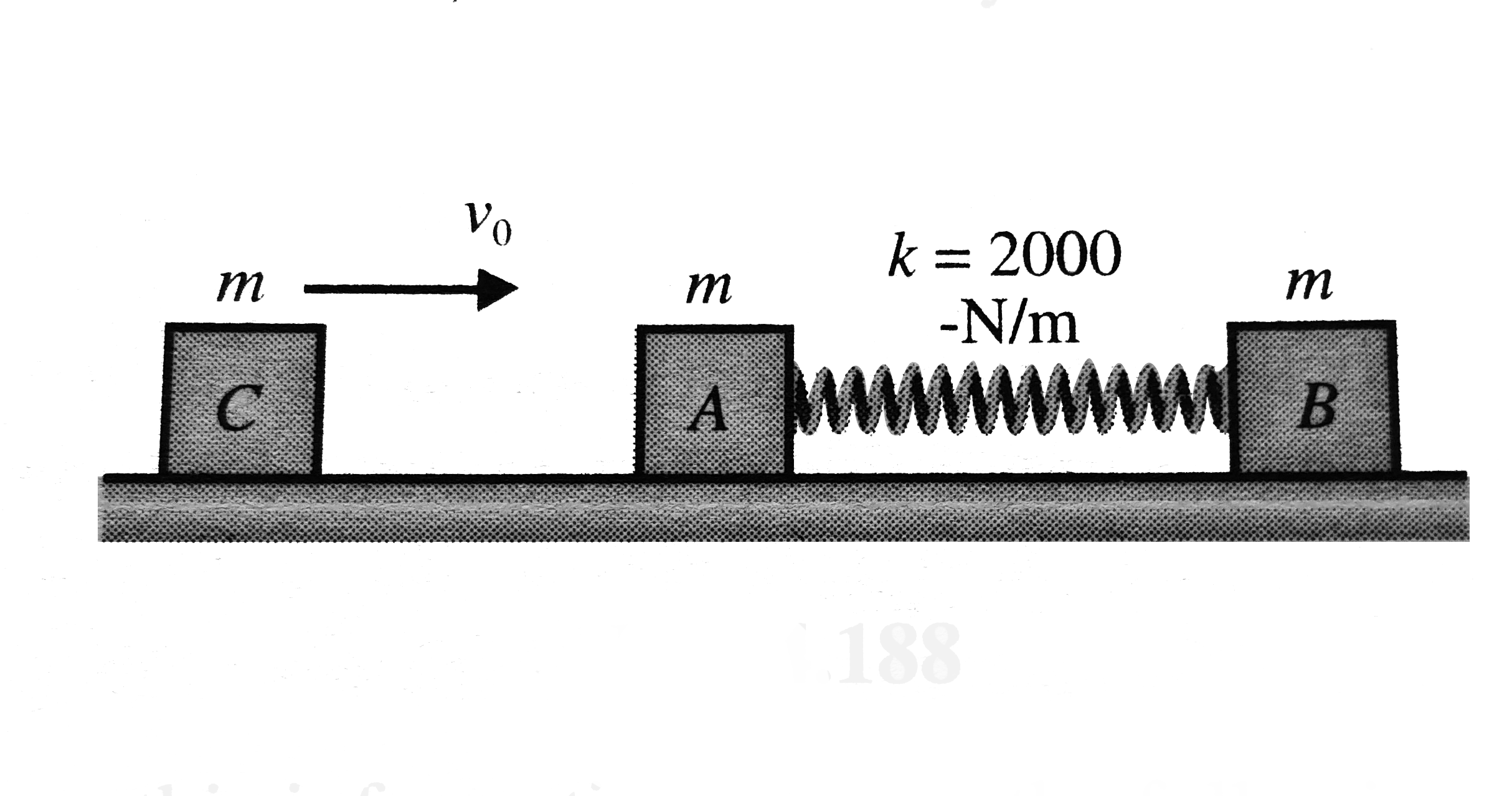The characteristic of anatropous ovule is
Occurrence of hilum near the micropyle
Presence of raphe
Body of the ovule is inverted
All the above.
The correct Answer is:D
Step-by-Step Solution:
1. Understanding Anatropous Ovule: The anatropous ovule is a specific type of ovule found in flowering plants (angiosperms). It is characterized by the orientation of its structure.
2. Key Characteristics:
- Inversion of the Ovule: The body of the anatropous ovule is rotated 180 degrees. This means that the micropyle (the opening where fertilization occurs) is positioned near the funiculus (the stalk that attaches the ovule to the ovary).
- Alignment of Structures: In the anatropous ovule, the micropyle, chalaza (the opposite end of the ovule), and funiculus are aligned in a straight line. This alignment is crucial for the ovule's function.
- Hilum Position: The hilum (the scar where the ovule was attached to the funiculus) is positioned at a right angle (90 degrees) to the micropyle.
- Presence of Raphe: A ridge known as the raphe is present on the ovule, which helps in the fusion of the ovule to the funiculus.
3. Evaluating the Options:
- Option A: Occurrence of hilum near the micropyle - This is correct since the hilum is at a right angle to the micropyle.
- Option B: Presence of raphe - This is also correct as the raphe is a characteristic feature of the anatropous ovule.
- Option C: Body of the ovule is inverted - This is correct because the body is rotated 180 degrees.
- Option D: All the above - Since all previous options are correct, this option is also correct.
4. Conclusion: Therefore, the characteristic of the anatropous ovule includes all the mentioned features, making the final answer "all the above".
Final Answer:
The characteristic of anatropous ovule is all the above.
---
- Inversion of the Ovule: The body of the anatropous ovule is rotated 180 degrees. This means that the micropyle (the opening where fertilization occurs) is positioned near the funiculus (the stalk that attaches the ovule to the ovary).
- Alignment of Structures: In the anatropous ovule, the micropyle, chalaza (the opposite end of the ovule), and funiculus are aligned in a straight line. This alignment is crucial for the ovule's function.
- Hilum Position: The hilum (the scar where the ovule was attached to the funiculus) is positioned at a right angle (90 degrees) to the micropyle.
- Presence of Raphe: A ridge known as the raphe is present on the ovule, which helps in the fusion of the ovule to the funiculus.
- Option A: Occurrence of hilum near the micropyle - This is correct since the hilum is at a right angle to the micropyle.
- Option B: Presence of raphe - This is also correct as the raphe is a characteristic feature of the anatropous ovule.
- Option C: Body of the ovule is inverted - This is correct because the body is rotated 180 degrees.
- Option D: All the above - Since all previous options are correct, this option is also correct.
The characteristic of anatropous ovule is all the above.
Topper's Solved these Questions
- NO IDEABOOK - DINESH PUBLICATION ENGLISHCHAPTER - NO IDEAEXERCISE - Check Your Grasp
32 Videos
- NO IDEABOOK - DINESH PUBLICATION ENGLISHCHAPTER - NO IDEAEXERCISE - Brain Teasers
37 Videos
- MOLLUSCABOOK - DINESH PUBLICATION ENGLISHCHAPTER - MOLLUSCAEXERCISE - CYG
10 Videos
- ORGANISMS AND THE ENVIRONMENTBOOK - DINESH PUBLICATION ENGLISHCHAPTER - ORGANISMS AND THE ENVIRONMENTEXERCISE - CYG
17 Videos
Similar Questions
What is the characteristic of amphitropous ovule
View SolutionA ridge like structure called raphe is characteristic of which type of ovules?
View Solution(a) Descibe a labelled diagram of longitudinal section of an anatropous ovule.
(b) Which cell of the ovule gets transformed into megaspore mother cell?
View Solution
Two identical blocks A and B, each of mass m=3kg, are connected with the help of an ideal spring and placed on a smooth horizontal surface as shown in Fig. Another identical blocks C moving velocity v0=0.6ms collides with A and sticks to it, as a result, the motion of system takes place in some way
Based on this information answer the following questions:
Q. After the collision of C and A, the combined body and block B would
Option1
oscillate about centre of mass of system and centre of mass is at rest.
Option2
oscillate about centre of mass of system and centre of mass is moving.
Option3
oscillate but about different location other than the centre of mass.
Option4
not oscillate.
View SolutionOrthotropous ovules occur in
View SolutionDraw a neat labelled diagram of L.S. of anatropous ovule.
View SolutionWhat is the most common and primitive type of ovule, respectively?
(a) circinotropous and campylotropous ovule
(b) Amphitrophous and orthotropous ovule
(c) Orthotropous and anatropous ovule
(d) Anatropous and orthotropous ovule
View SolutionDraw a neat and labelled diagram of a mature anatropous ovule before fertilisation.
View SolutionLargest cell of the ovule is
View SolutionCircinotropous ovule occurs in
View Solution
